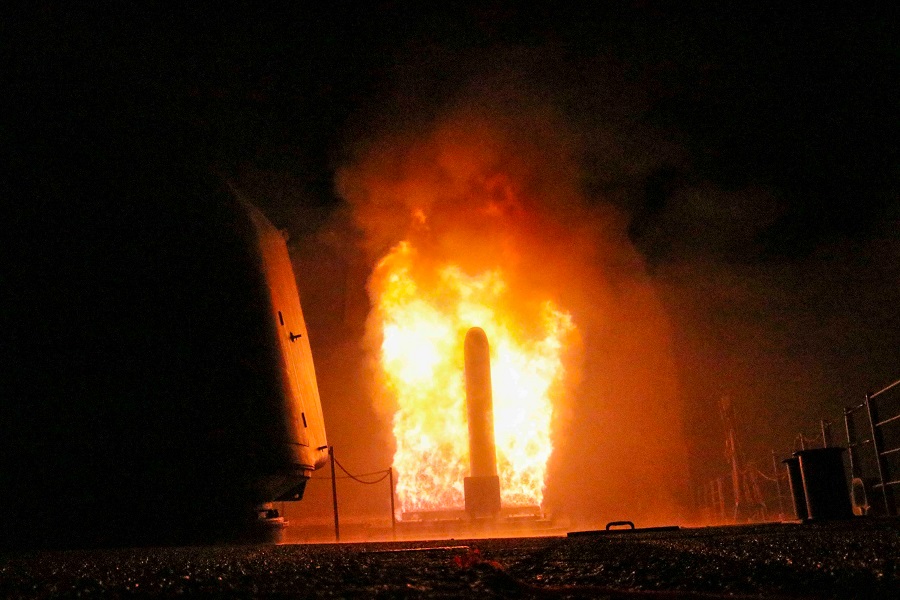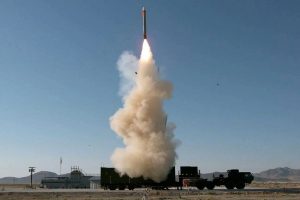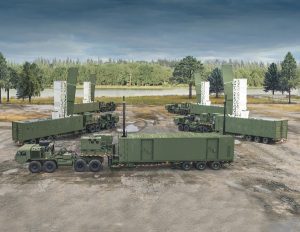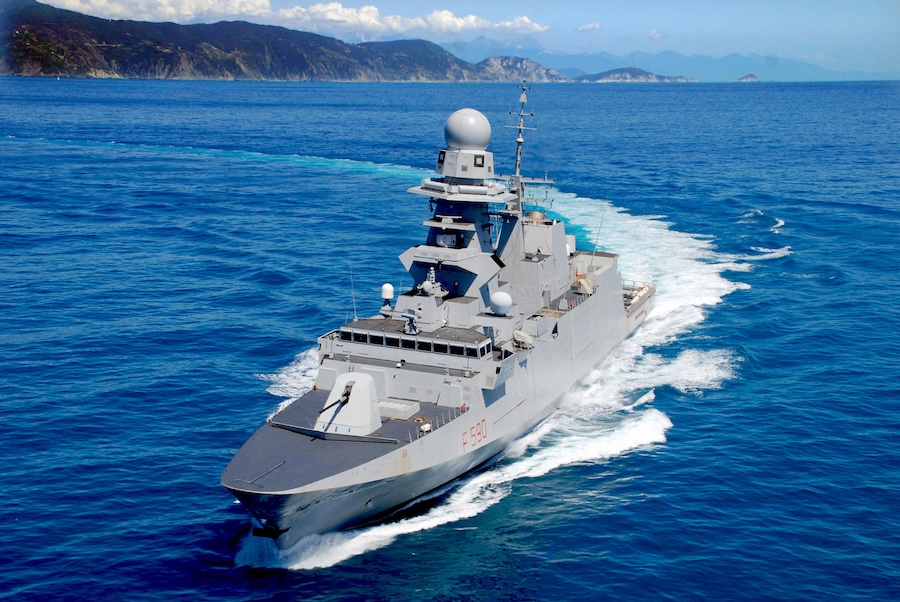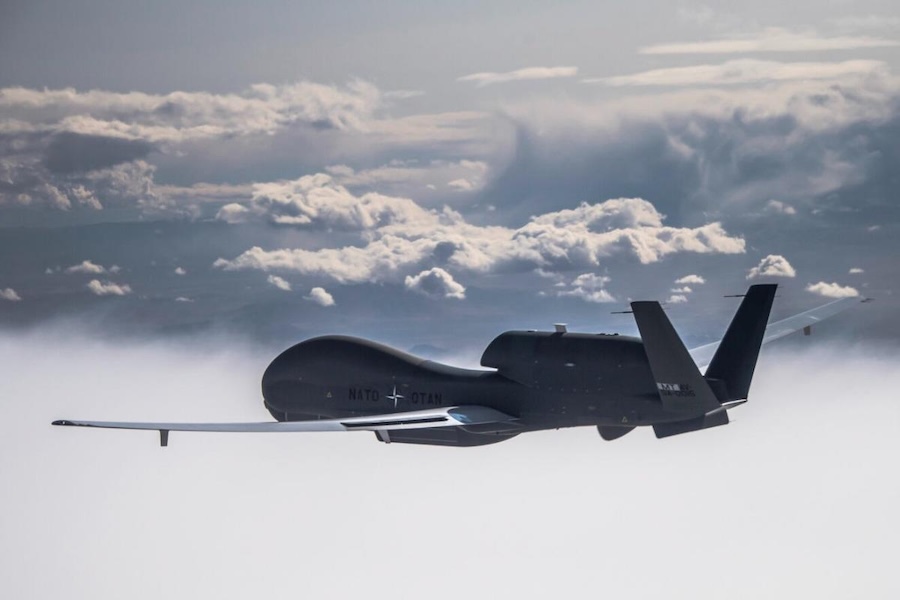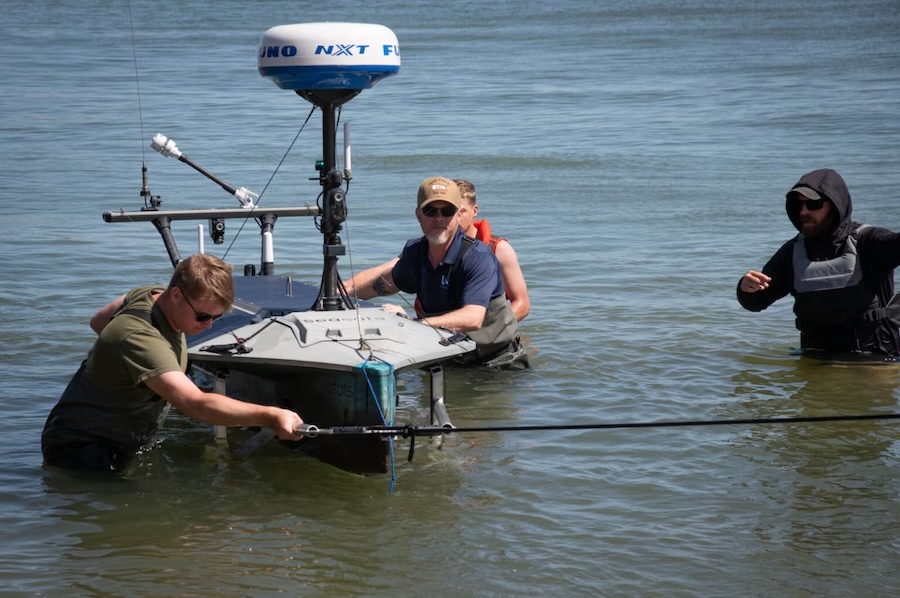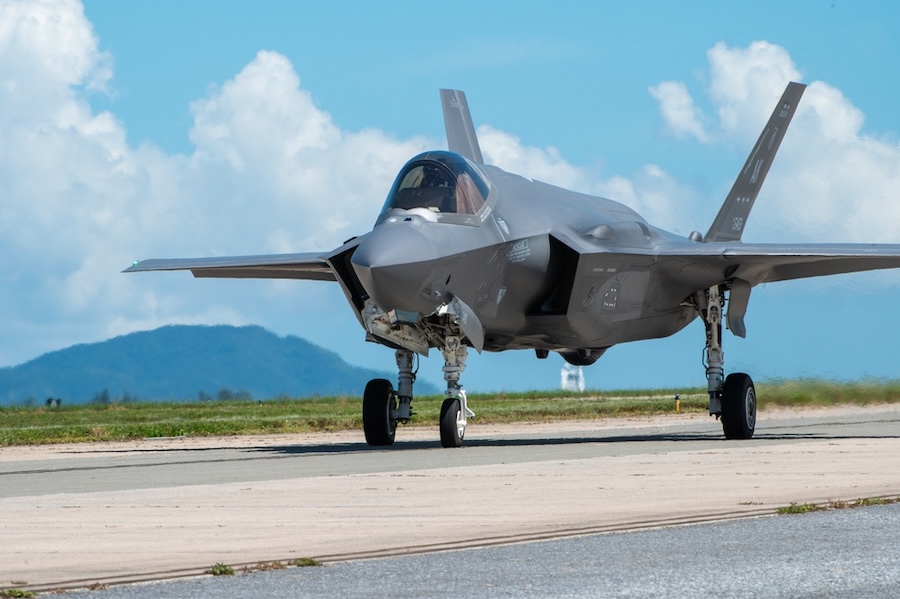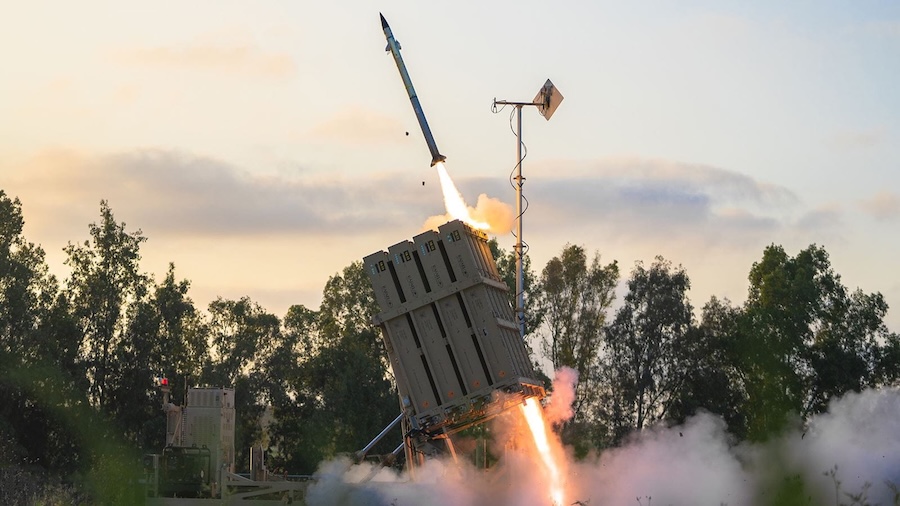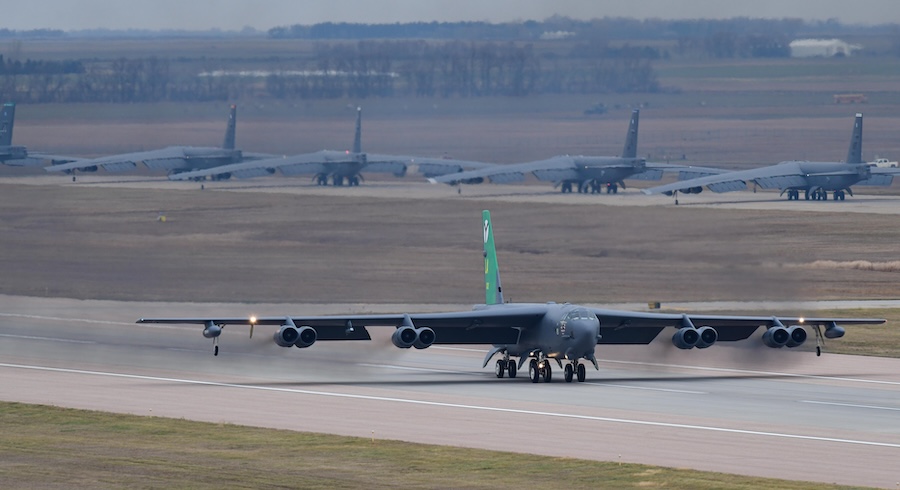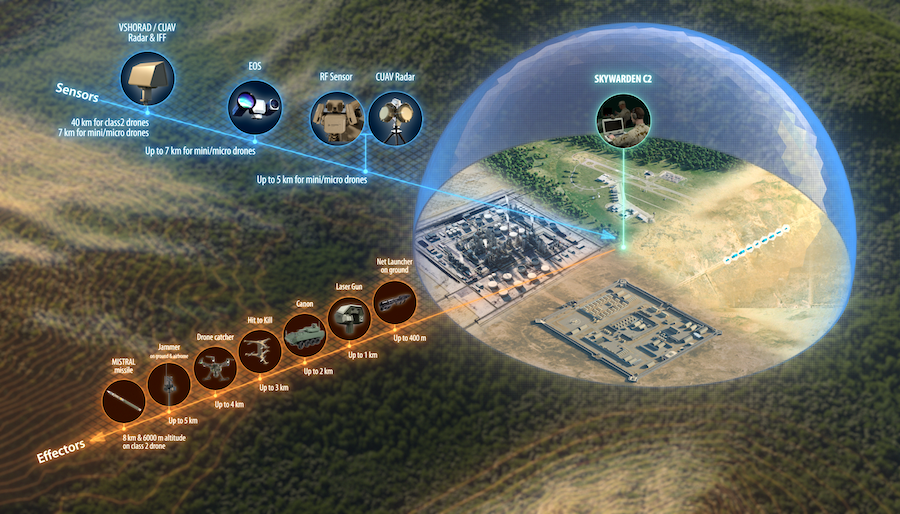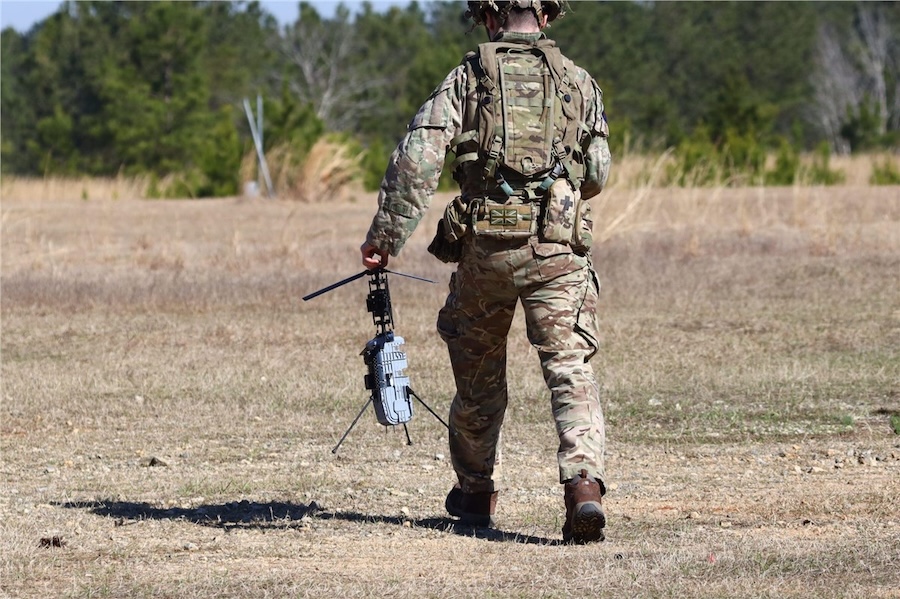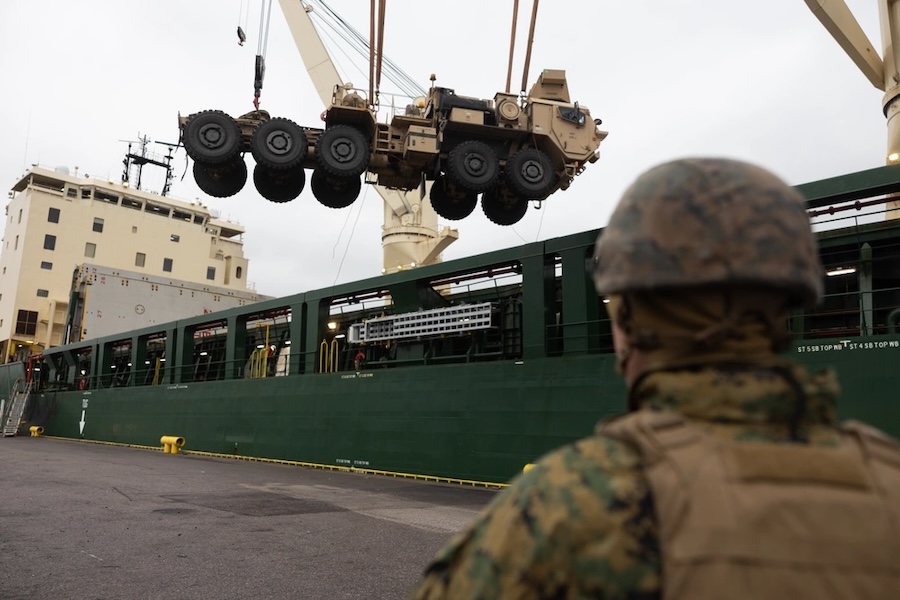Older anti-ship versions of the Tomahawk have previously been employed by the U.S. Navy. Officials have indicated that the number of upgraded missiles may exceed the current estimate, subject to available funding.
Modernisation work is set to commence in the second quarter of fiscal year 2026, pending approval from Congress. The upgrade will follow a two-track approach, resulting in the Block Va and Block Vb variants.
The Block Va Maritime Strike Tomahawk (MST) will feature a seeker optimised for engaging moving naval targets, alongside improved data processing capabilities. The Block Vb will incorporate the Joint Multiple Effects Warhead System (JMEWS), a versatile warhead intended for use against a broader range of targets.
Both upgraded variants will include enhancements to navigation and communications under the NAV/COMMs upgrade. This preserves in-flight target update capability and improves overall missile accuracy.
The Tomahawk Land Attack Missile (TLAM) is a long-range cruise missile designed for precision strikes deep into enemy territory, launched from U.S. Navy surface ships and submarines, as well as Royal Navy submarines. The system has been continuously upgraded since its first operational use in 1991 during Operation Desert Storm.
Earlier models, including the Block III TLAM-C and TLAM-D, carried either a unitary 1,000-lb warhead or submunition payloads. The Block IV, or Tactical Tomahawk, introduced in 2004, allows operators to reprogramme the missile mid-flight using satellite communications, loiter over target areas, and transmit real-time imagery to commanders via an onboard camera.
Block IV missiles remain in full-rate production and have played a central role in U.S. military operations. More than 2,300 Tomahawks have been fired in combat since 1991, including during Operation Odyssey Dawn in Libya and Operation Inherent Resolve in Syria.
In June 2025, the U.S. Navy launched 30 submarine-launched Tomahawk missiles against Iranian nuclear facilities. According to U.S. defence officials, the missiles were fired from an Ohio-class guided-missile nuclear submarine and targeted the site at Isfahan as part of a broader coordinated strike involving both air and naval forces.
The Tomahawk continues to serve as a vital tool for strategic and tactical missions, offering long-range precision, rapid response, and the ability to support both conventional and special operations. The upcoming upgrades reaffirm its role as a core asset in the US Department of Defense’s arsenal.



